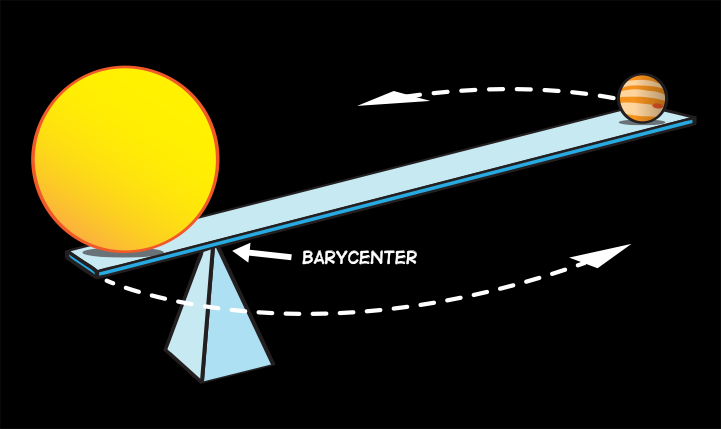

Unlike acne papules that are close to the surface of the skin, cysts will be deeper in the skin and painful to the touch due to their proximity to dermal nerves.Large enormous immense substantial huge gigantic colossal massive tremendous heavy great jumbo considerable hulking gargantuan prodigious monumental bulky vast ample extensive monstrous mountainous mighty giant Antonyms Opposite meaning View all little minor unimportant small tiny insignificant diminutive miniature lightweight microscopic is more than 70,800 synonyms and 47,200 antonyms available. These are painful pockets of pus that form within the sebaceous ducts when they become clogged. The eventual bacterial breakdown of triglycerides in the sebum will release fatty acids that will trigger inflammatory lesions, or “pimples.” Likewise, overactive glands can cause sebaceous cysts. Papules form when a sebaceous gland clogs, which allows sebum to collect in the follicle and duct. Over productive sebaceous glands are involved in the very common skin affliction, acne vulgaris. Underproductive glands will lead to skin breakage and infection. Like most processes, homeostatic control balances this delicate line. Sebum underproduction or overproduction creates some complications. On an evolutionary basis, of course, hair protects the skin from environmental harm. Without sebum, hair would have no protective barrier against becoming brittle or even evaporating. Water is unable to penetrate or break the strands. As mentioned before, an important component of sebum (and hair) is keratin. The sebum in our hair strands, on the other hand, make our hair waterproof. This proves the importance of sebum in keeping the skin intact.

Dry patches are more prone to infection, as pathogens are able to penetrate through broken skin. Without sebum the skin would dry and lacerate easily. In turn, the skin remains moisturized and flexible. The main function of the fatty sebaceous gland is to lubricate the skin. Gland activity is very much linked to the levels of male hormone, testosterone.

This changes after the age of six, and reaches the pinnacle of activity at puberty. However, after birth, sebaceous glands shrink until there is nearly no activity. In fact, the clear, waxy substance that coats the skin of newborn babies after birth is discharge from a type of sebaceous gland. When signaling factors like Wnt and Myc are overexpressed, there is a likelier chance of forming sebaceous glands. Genetics factor into whether a sebaceous gland appears or not, as well. When these cells disintegrate, they release their oily secretion. The stem cells begin to differentiate within the outer root sheath (or ORS), and appear as bulgings, or tiny bags, off of the hair shaft. It typically begins its journey during the fourth month of gestation. The sebaceous gland is formed during late embryogenesis to early life. These lobes, or sacs, secrete the oily suspension. It is acinar in structure as acinar glands appear like berry lobes. Areolar glands circle the nipples and keep the skin from drying or scaling.Īt the base of either pore lies the sebaceous gland. Likewise, meibomiam glands populate our eyelids and secrete sebum into tears for extra weight and lubrication. Those that exist in hairless areas of the skin are located on the inside of the nose, the penis, and the labia minora. Those linked to hair follicles deposit sebum onto the hair, which carries it along the length of the follicle. There are two types of sebaceous glands: those that connect to a hair follicle, and those that do not. But really, sebaceous glands are located in every part of the skin except your bottom lip, the palms of your hands, and the soles of your feet. We may best recognize sebum as the waxy substance on our faces and scalps before we hop in the shower.


 0 kommentar(er)
0 kommentar(er)
